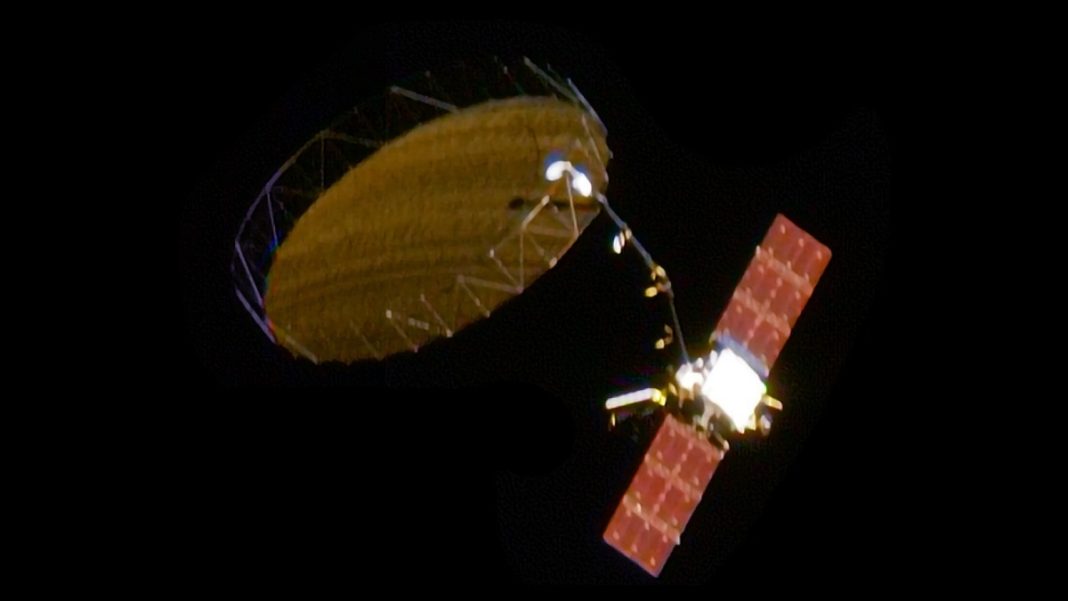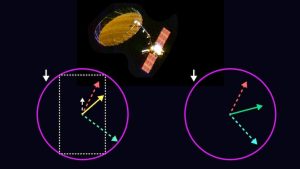Key Takeaways
- NISAR satellite’s massive 12-meter radar antenna successfully deployed in orbit
- Joint NASA-ISRO mission provides unprecedented Earth observation capabilities
- Satellite will revolutionize disaster monitoring and climate research
The NASA-ISRO Synthetic Aperture Radar (NISAR) satellite has been captured in “full bloom” configuration in space, showcasing its fully deployed 12-meter radar antenna with unprecedented clarity. This milestone image confirms the successful deployment of the largest radar antenna ever sent to space.
Engineering Marvel in Orbit
Vantor’s space image provides visual confirmation of the antenna’s proper deployment and structural tensioning, going beyond telemetry data to verify spacecraft orientation and velocity. The giant circular reflector had been folded umbrella-style during launch before deploying completely in August 2025.
This level of visual confirmation is crucial for managing high-value space assets, enabling rapid assessment of satellite health and functionality by decision makers.
Revolutionary Earth Observation Capabilities
NISAR’s dual-band synthetic aperture radar system combines L-band and S-band radar to scan Earth’s land and ice-covered surfaces every 12 days with unmatched detail. The satellite will track everything from shifting ice sheets and earthquakes to forest changes and crop conditions.
The data collected is set to transform multiple sectors worldwide, including:
- Disaster response and preparedness
- Infrastructure monitoring
- Agricultural management
- Environmental research
Global Scientific Partnership
This cooperation between NASA and ISRO represents a milestone in international scientific collaboration, leveraging complementary expertise and resources to achieve transformational Earth observation capabilities. The mission will enhance understanding of both natural and human-induced changes on our planet.
The “full bloom” image marks a new era of clarity from space, capturing both the engineering achievement in orbit and the promise of significant scientific discoveries to come from this groundbreaking mission.






